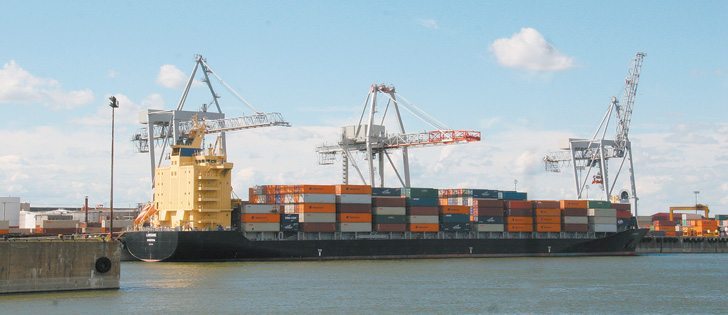Strong evidence suggesting that the source of Lake Winnipeg’s phosphorus pollution problem is flooded farm fields, and not hog barns, shows that governments should tread carefully when contemplating heavy handed environmental laws.
The type of faulty policy-making that caused Manitoba to ban new hog barn construction and manure spreading to supposedly save Lake Winnipeg is about to be repeated if the government follows through on a plan to ban cosmetic pesticides.
Manitoba’s NDP government is quick to draft restrictive policies on activities that might appear to be polluting to gain voter approval in urban Winnipeg. However, scientific evidence indicates it is pointing its regulatory gun at the wrong culprits.
Read Also

Budget seen as fairly solid, but worrying cracks appear
The reaction from the agriculture industry to prime minister Mark Carney’s first budget handed down November 4th has been largely positive.
Michael Stainton, a scientist with the federal Department of Fisheries and Ocean’s Freshwater Institute, speaking at the recent Manitoba Swine Seminar, said there is no evidence that the province’s hog industry is to blame for the rising levels of phosphorus in Lake Winnipeg. The phosphorus fosters huge algae blooms that degrade oxygen levels in the lake and create dead zones.
Stainton said the real evidence shows that the province’s climate is going through a wet period that causes more flooding of fields. Phosphorus concentrates in the water, which drains into the Red River and eventually into the lake.
Why the phosphorus accumulates isn’t clear, but there is a proven correlation with the adoption of zero till farming that leaves more trash on the surface. This was happening before the province’s hog industry expanded.
The evidence also appears to suggest that efforts to construct weirs to hold back spring thaws and rain downpours on farm fields contributes to the problem. It would be better to hold water in wetlands where plants can consume the phosphorus.
So the most effective way to help Lake Winnipeg might be to work with neigh-bouring jurisdictions in the drainage basin to preserve and rebuild natural wetlands.
And the best response to concerns about pesticide abuse should also be more nuanced than a ban on their cosmetic use.
Many farmers have legitimate concerns that bans on pesticides in urban areas can lead people to believe that these chemicals are inherently unsafe and should be banned entirely. Cosmetic pesticide bans raise the question that if it is dangerous to spray them on your grass, why spray them on your food?
The answer, backed by scientific study, is that in Canada, pesticide residue on food is safely below the acceptable level. The responsible use of pesticides in agriculture helps improve yield, prevents crop loss and makes food affordable to all.
But as with all tools, pesticides can be used irresponsibly. The overuse of a single herbicide can foster the evolution of weeds resistant to that herbicide. Homeowners pursuing the perfect lawn and under trained employees of lawn care companies often employ weed and feed products that blanket grass with unneeded chemicals.
It is ignorance and irresponsible behaviour that governments should address. Alberta has taken the reasonable step of banning weed and feed products because they lead to over application of 2,4-D.
Governments can counter ignorance by promoting integrated pest management, where weeds are restrained by the judicious use of pesticides, cultural and biological controls and tillage. The use of protective clothing when applying pesticides should also be promoted.
Governments should protect the environment, but policies, like Mother Nature herself, must be nuanced. Bans on certain activities, while popular, might address the wrong problem and create unexpected, negative consequences.














